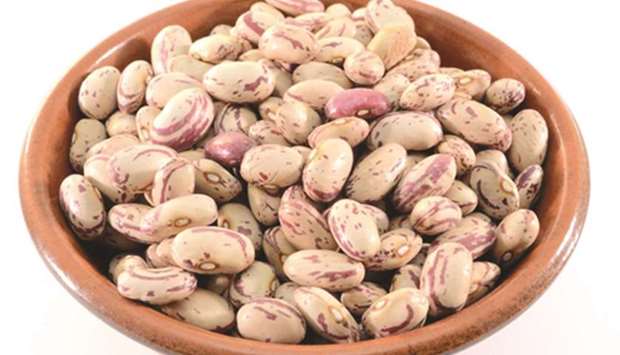My goal for today is to clear up questions and comments from readers:
Alana writes: “Thank you for your article on beans. Question: Does bringing beans that have been soaked overnight in water to a boil before discarding the water and adding fresh water for cooking destroy substantial nutrition? This method seems to me to decrease gas. But should I be concerned about the loss of vitamins or anything else?”
Dear Alana,
According to food and nutrition experts at North Dakota State University, the preferred method to prepare dry beans is the “hot soak” method which reduces cooking time. (Less cooking time means less loss of water soluble vitamins such as folate). This method also effectively releases gas-producing compounds from beans into the soaking water which we are wise to discard.
Here’s the hot soak method: Place beans in a large pot and add 5 cups of water for every 1 cup of beans. Heat to boiling and boil for 2 to 3 minutes. Remove from heat, cover and let stand for 4 to 24 hours. Drain beans and discard soak water. Rinse with fresh cool water. Then add fresh water to cook.
From Terence in Washington: “Your advice about whole grains prompted me to do a little research at the grocery which suggests that the advice may be nearly irrelevant. This is because of the way the food industry manipulates nutritional information labels, sometimes making them meaningless. It isn’t clear to the consumer whether they are reporting total fibre or soluble fibre.”
Terence then notes the content of dietary fibre he found on several types of bread: 1 gram in white bread, 1.5 to 2 grams in two brands of 100% whole wheat and 3 to 5 grams in two brands of multigrain whole grain breads.
More research prompted this reader to conclude that “almost all beans are a better source of fiber than bread. And whole grain or whole wheat does not assure higher fibre content.”
Dear Terence,
You are correct that beans are generally a better source of dietary fibre than bread. And that whole grain products have varying amounts of fiber. (Remember that whole grains contribute many more nutritional benefits than just fiber content.)
Part of the confusion about fibre on the food label may be that dietary fibre is still not well-defined. The USDA Food and Drug Administration currently includes soluble and insoluble carbohydrates in its definition of dietary fiber. But food manufacturers are not required to list both types on the Nutrition Facts label unless they make a health statement about either of these types. - Tribune News Service

Dried beans


